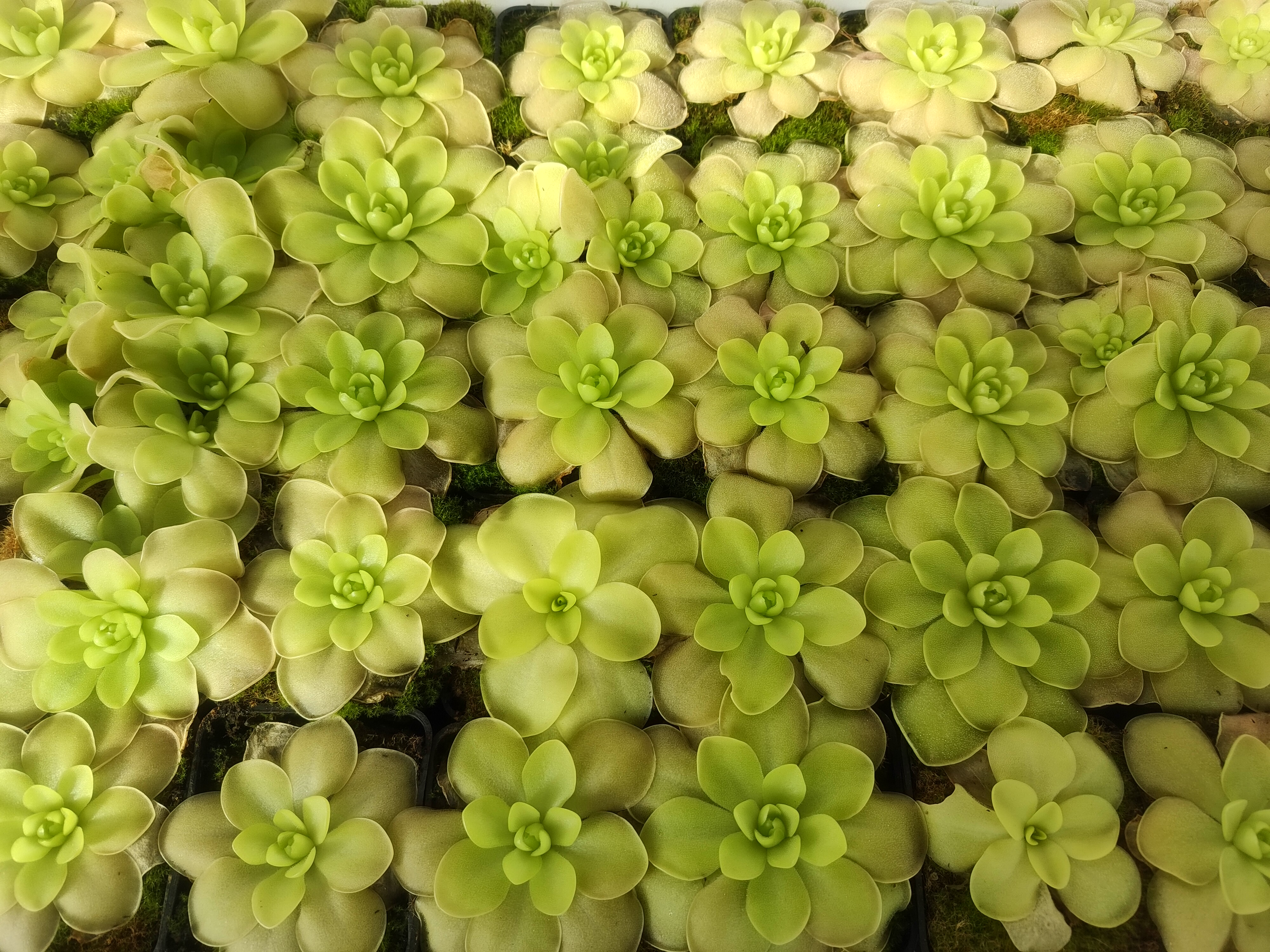
Il fatidico momento è arrivato, ripulire tutte le pinguicule una ad una dal fogliame vecchio e risistemarle a modo nelle vasche, pratica che faccio ogni fine inverno e ogni fine estate.
Durante l'inverno le pinguicule si ridimensionano molto stringendosi a rosetta formando una sorta di ibernacolo e quindi le foglie più grandi e sottostanti tendono a seccare questo per via delle basse temperature e richiamo dei nutrienti, stessa cosa in estate, col caldo torrido si ritraggono e perdono appunto le foglie più grandi.
Levo sempre il secco perché può creare problemi con marciumi di vario genere, inoltre vado anche a smuovere un po' lo strato superficiale del terreno con le pinzette ammorbidendolo attorno alla pinguicola per farla crescere meglio, il muschio spesso tende ad essere troppo compatto e potrebbe soffocare una pinguicula poco vigorosa ed anche per far entrare le radici nel terreno altrimenti camminerebbero superficialmente sotto la rosetta.
The fateful moment has arrived, clean all the pinguicula one by one from the old foliage and rearrange them properly in the tanks, a practice that I do every late winter and every late summer. During the winter the pinguiculas shrink a lot by tightening into a rosette forming a sort of hibernaculum and therefore the larger and underlying leaves tend to dry out due to the low temperatures and the recall of nutrients, the same thing in summer, with the scorching heat they retract and lose the larger leaves.
I always remove the dry because it can create problems with rot of various kinds, I also move the surface layer of the soil a little with tweezers softening it around the pinguicula to make it grow better, the moss often tends to be too compact and could suffocate a not very vigorous pinguicula and also to make the roots enter the soil otherwise they would walk superficially under the rosette.
.
Prima e dopo la pulizia
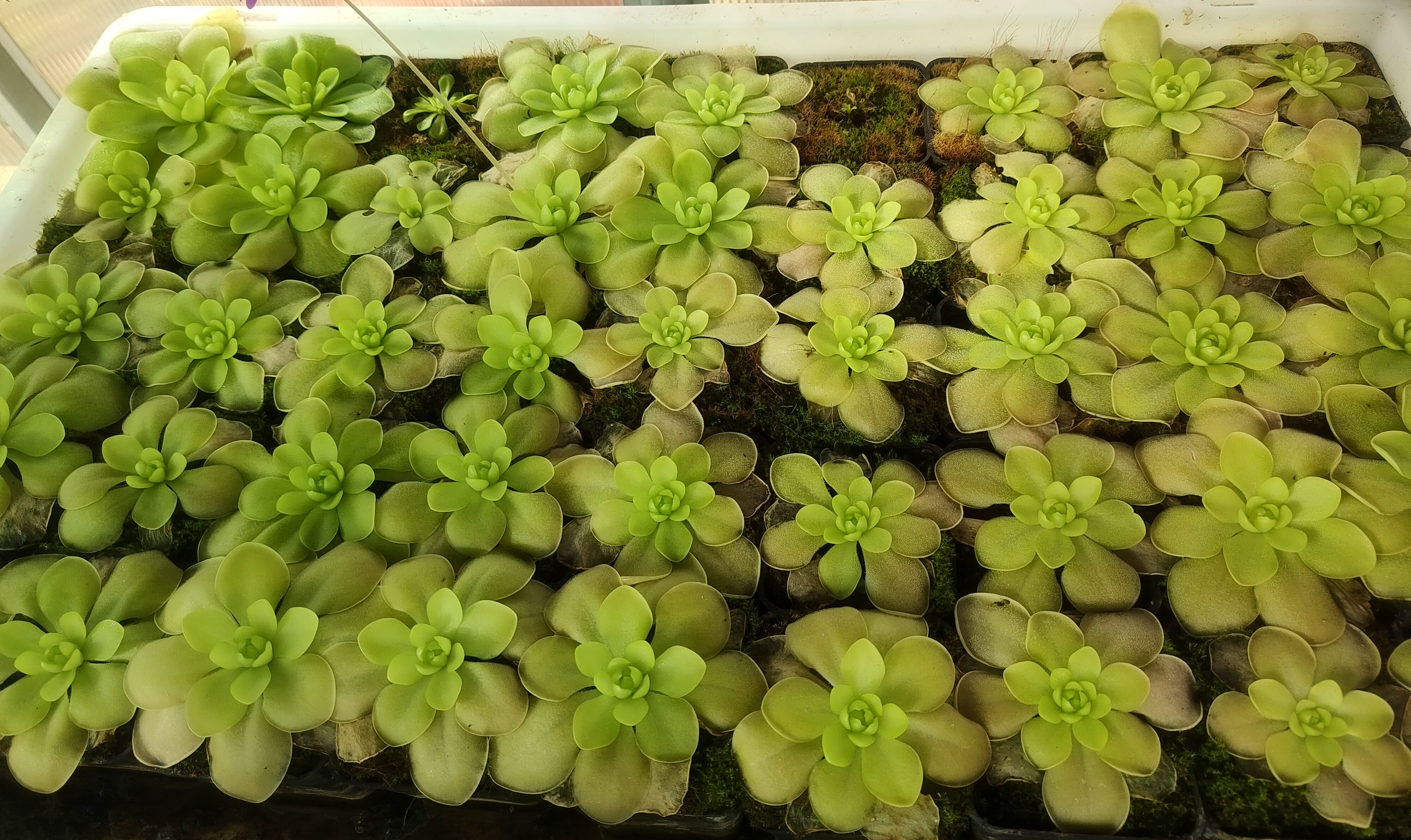
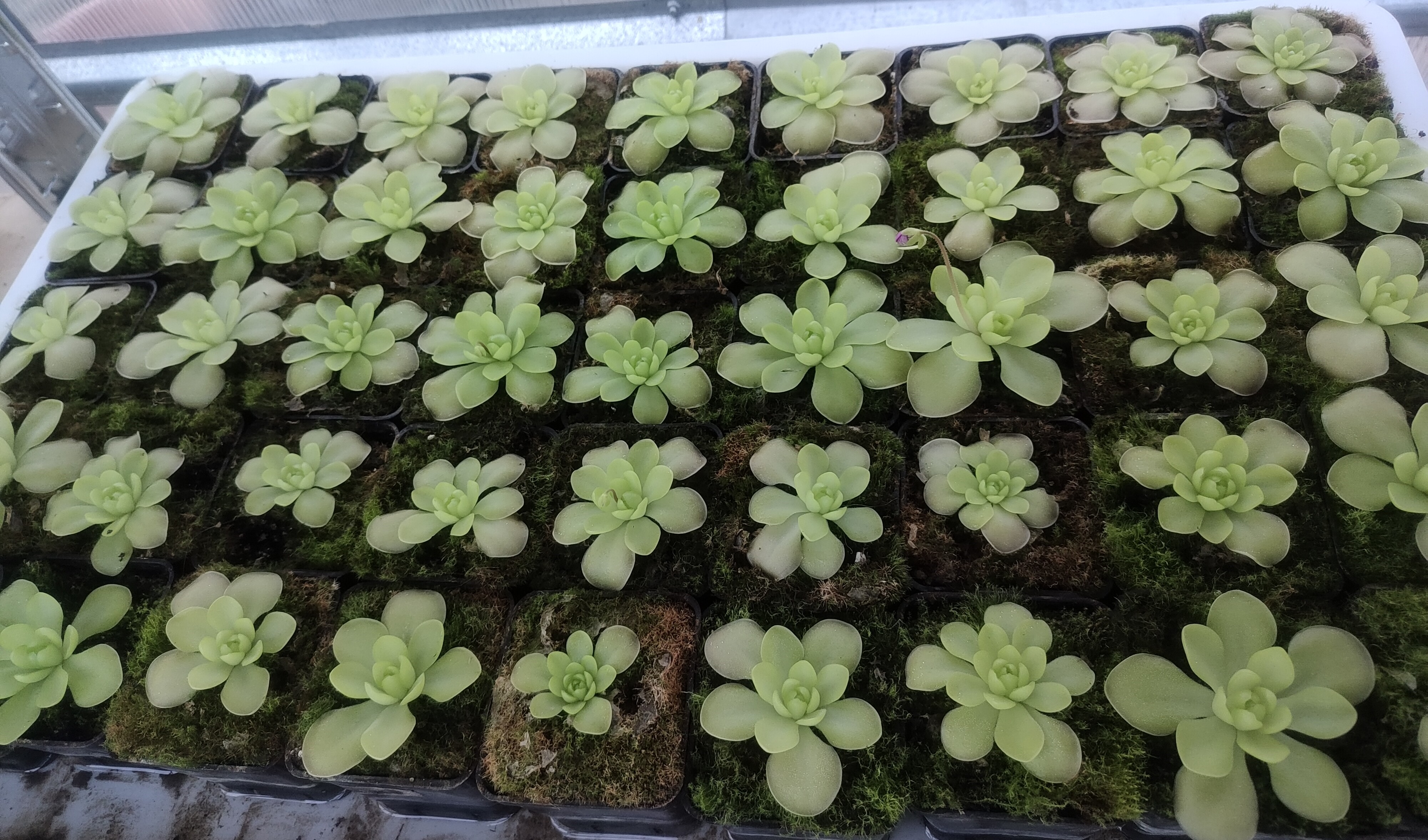
Approfitto di questi due momenti dell'anno anche per fare talee fogliari e quindi oltre a levare il secco levo anche un giro di foglie più esterne che sono ottime per le talee. Questo perché sono più adulte ed hanno molte risorse, inoltre stimolo la pianta a secernere quelle nuove dal centro.
Con solo qualche vasca queste sono le talee ottenute che andrò a disporre una ad una su una vasca perennemente umida, molto umida ma mai intrisa tanto di acqua. Quando stacchiamo le foglie bisogna farlo bene e preservare il piu possibile la parte bianca attaccata al centro della rosetta, è proprio li che sono concentrate le cellule meristematiche in grado di far nascere un nuovo clone differenziandosi in qualsiasi tipo di tessuto.
I take advantage of these two moments of the year also to make leaf cuttings and so in addition to removing the dry I also remove a row of outer leaves that are excellent for cuttings. This is because they are more adult and have many resources, I also stimulate the plant to secrete new ones from the center.
With just a few tubs these are the cuttings obtained that I will place one by one in a perennially humid tub, very humid but never soaked in water. When we detach the leaves we must do it well and preserve as much as possible the white part attached to the center of the rosette, it is precisely there that the meristematic cells are concentrated that are able to give birth to a new clone differentiating into any type of tissue.
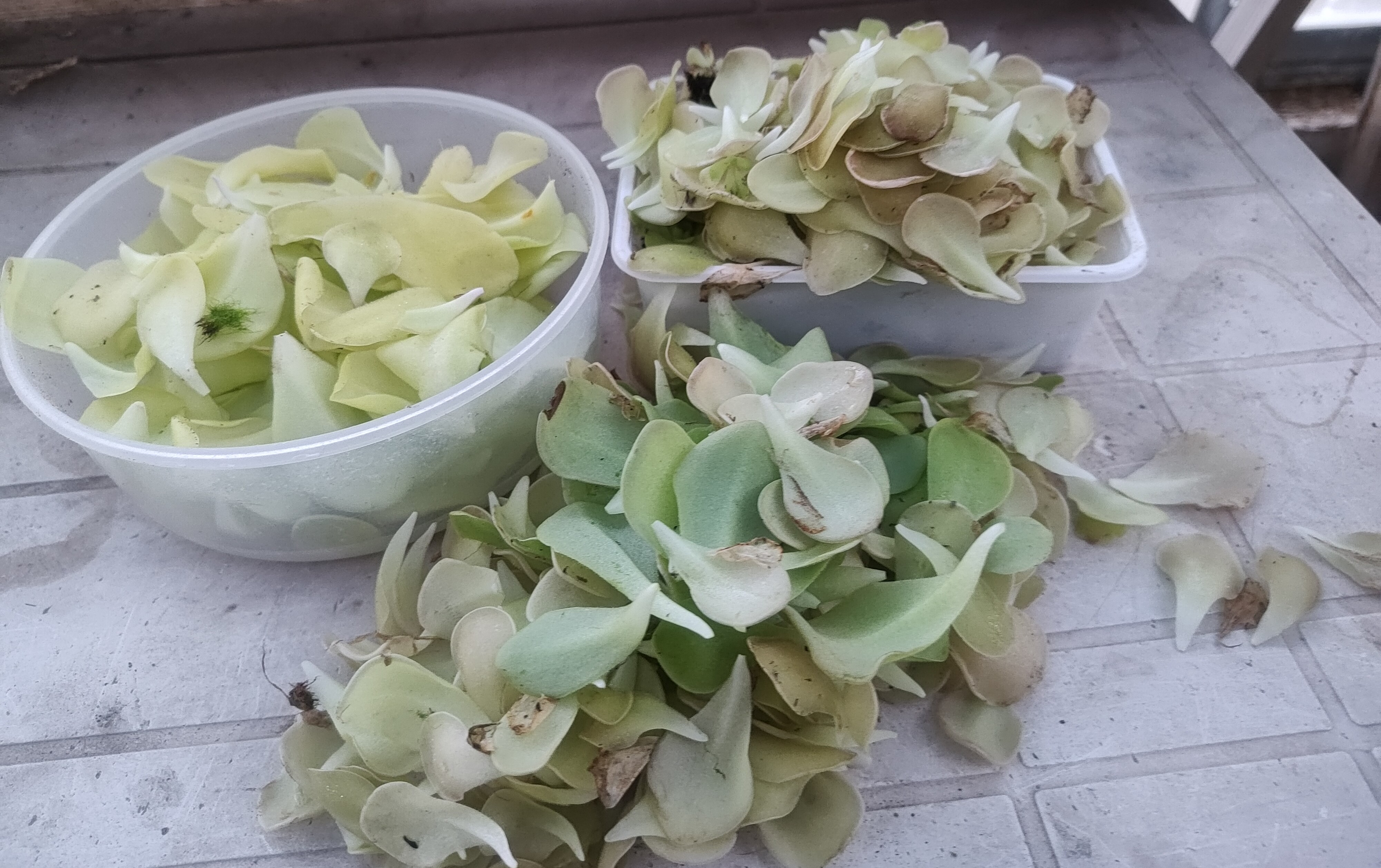
Il substrato che uso è un mix sempre altalenante fatto ad occhio, ma che ormai sto ultimando cosi: prevalenza terriccio universale, un po' di torba acida di sfagno, un po' di pomice e spolverate di vermiculite. Credo sarebbe opportuno sostituire la pomice con la perlite ma attualmente non la dispongo e sinceramente non ho mai provato, ma presumo sia molto meglio in quanto più leggera e ariosa nel terreno. Le pinguicule hanno un apparato radicale estremamente fino che ha praticamente il solo scopo di ancoraggio al terreno, quindi meglio farlo il più morbido possibile per far si che un minimo penetrano all'interno e rimangano ancorate al vasetto, senza che al minimo urto volino via.
The substrate I use is a mix that is always fluctuating, made by eye, but that I am now finishing like this: predominance of universal soil, a little acidic peat moss, a little pumice and dusting of vermiculite. I think it would be appropriate to replace the pumice with perlite but I don't have it at the moment and honestly I have never tried, but I assume it is much better as it is lighter and more airy in the soil. Pinguiculas have an extremely fine root system that has practically the sole purpose of anchoring to the ground, so it is better to make it as soft as possible to ensure that they penetrate a minimum inside and remain anchored to the pot, without flying away at the slightest shock.
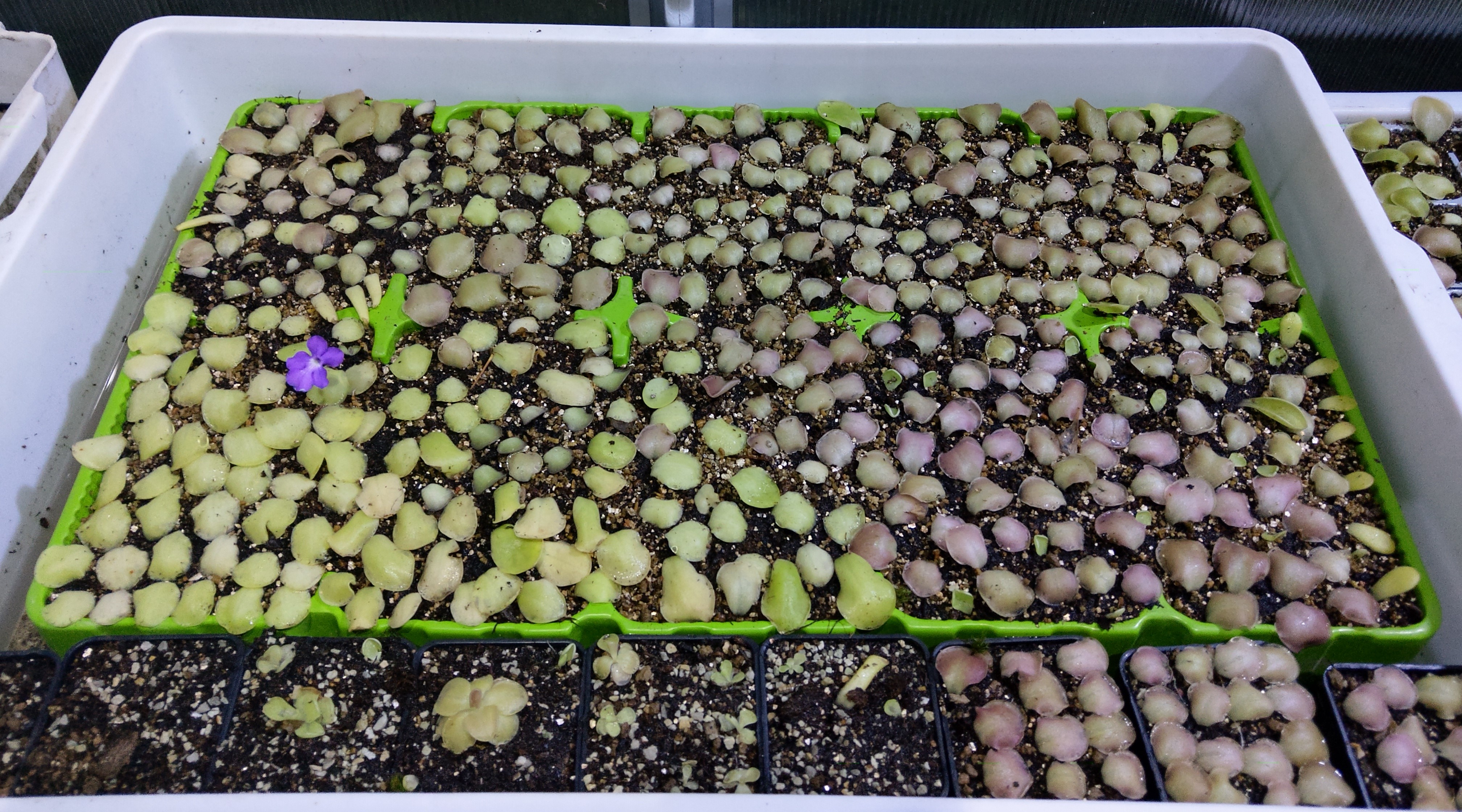
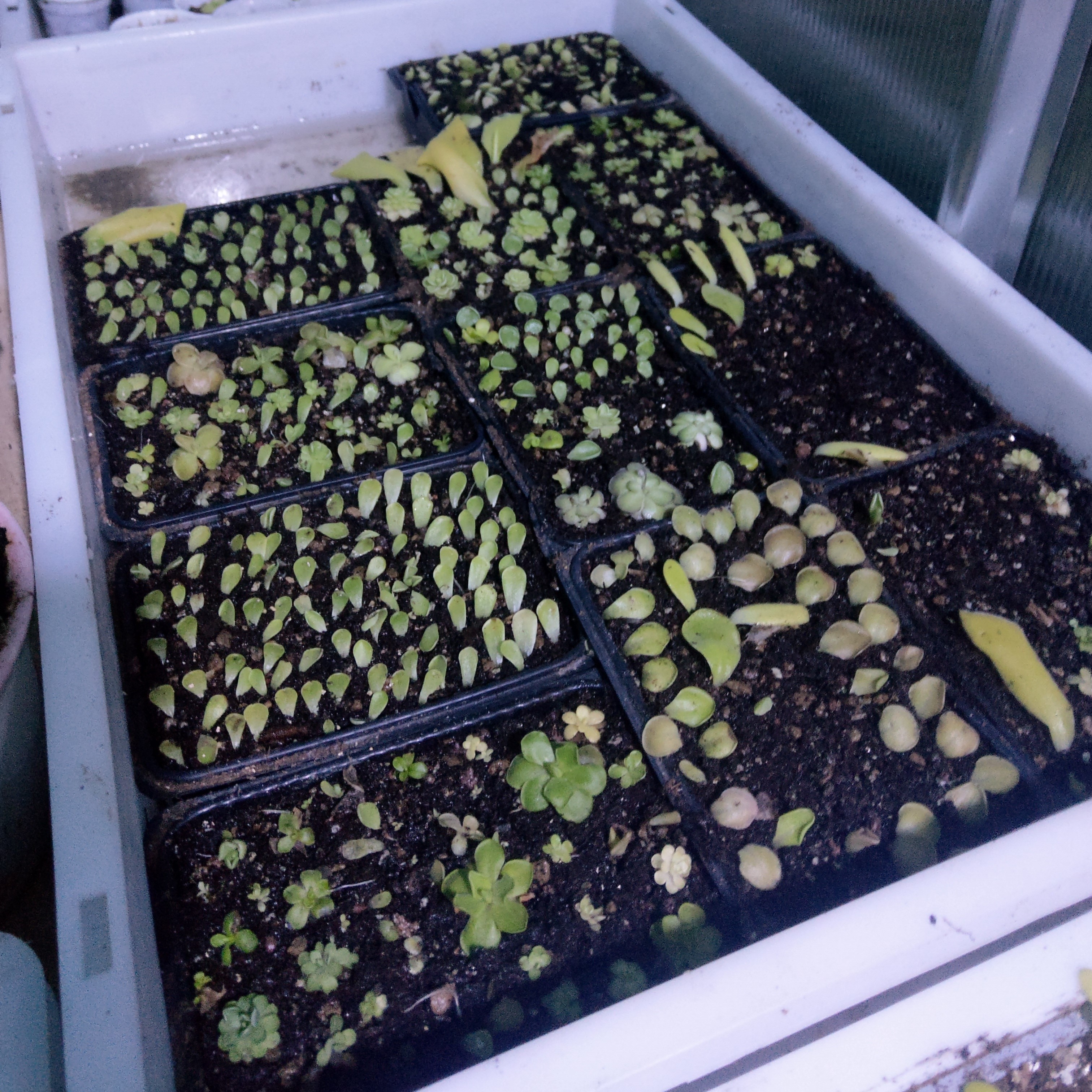
Queste di seguito sono vasche di taleaggio dopo qualche mese che andrò poi a ripicchettare nei singoli vasi facendo anche qui lo stesso procedimento, via il secco e via un giro di foglie. In questa fase è ancora più importante levare quelle più vecchie perche nella fase di trapianto e attecchimento quest'ultime andrebbero a curvarsi verso il terreno facendo pressione e quindi leva sul substrato con conseguente distaccamento e quindi ancoraggio della pianta.
These below are cutting tubs after a few months that I will then re-plant in individual pots by following the same procedure, removing the dry and removing a row of leaves. In this phase it is even more important to remove the older ones because in the transplant and rooting phase the latter would bend towards the ground, putting pressure and therefore leverage on the substrate with consequent detachment and therefore anchoring of the plant.
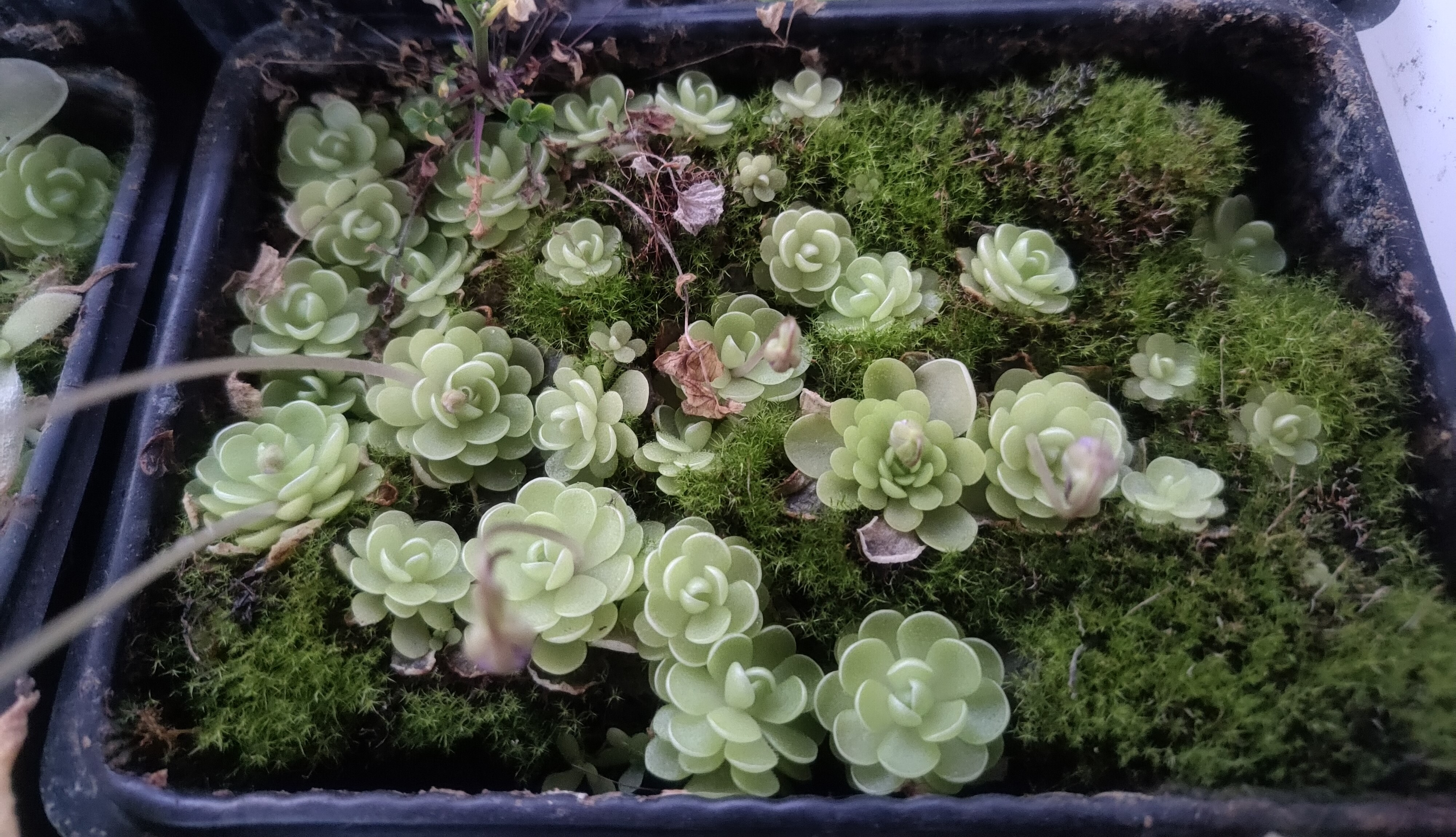
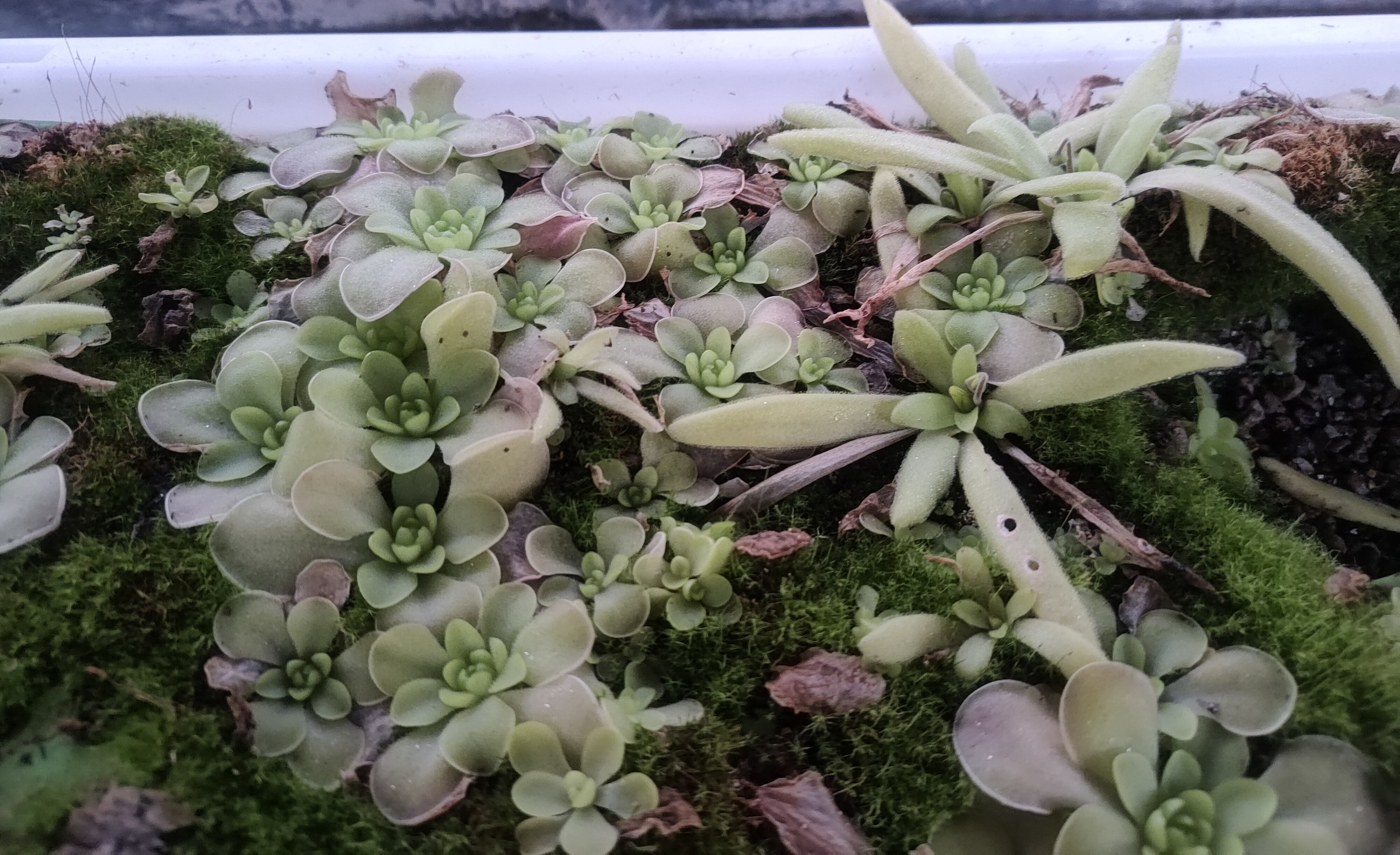
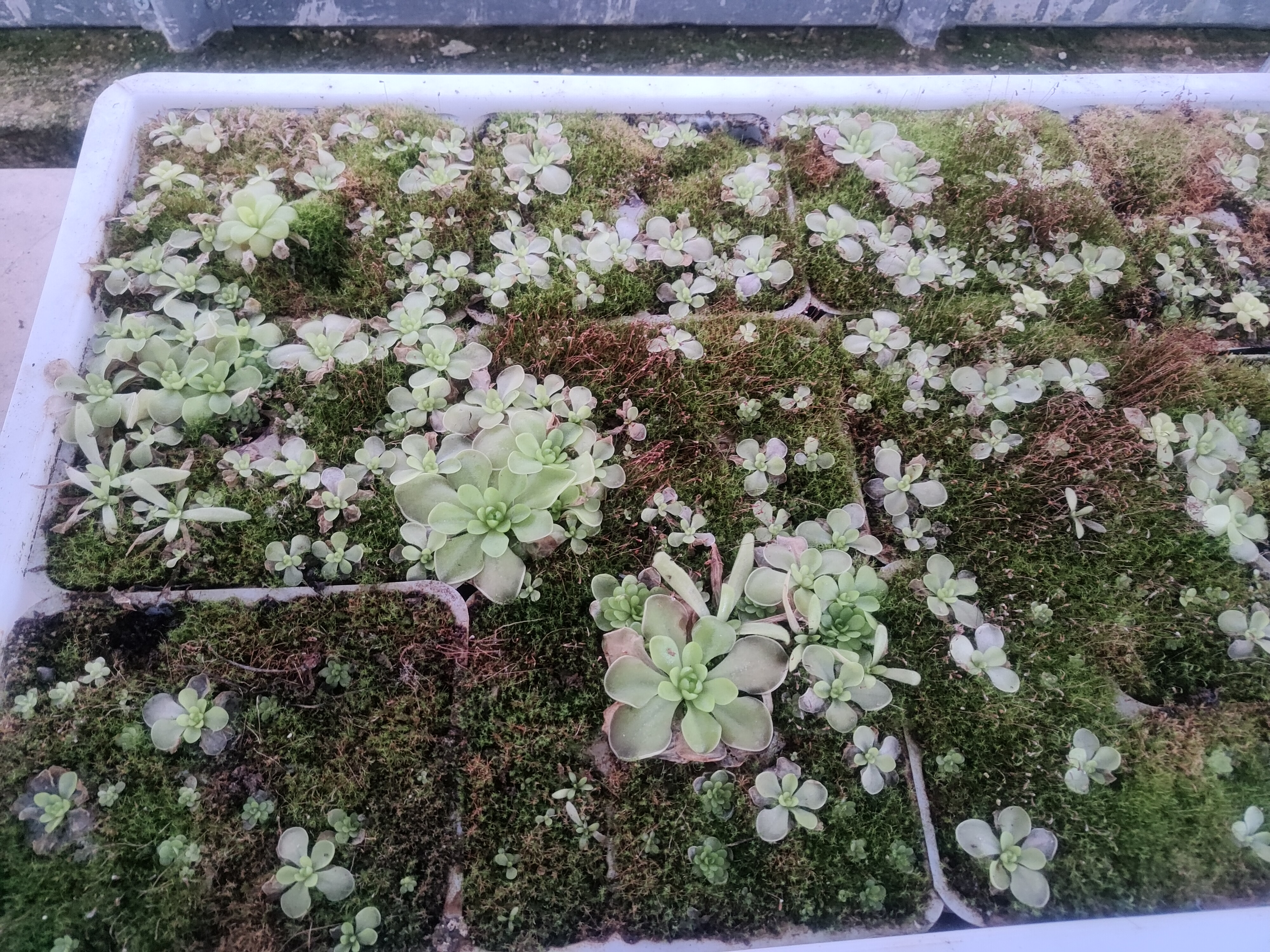
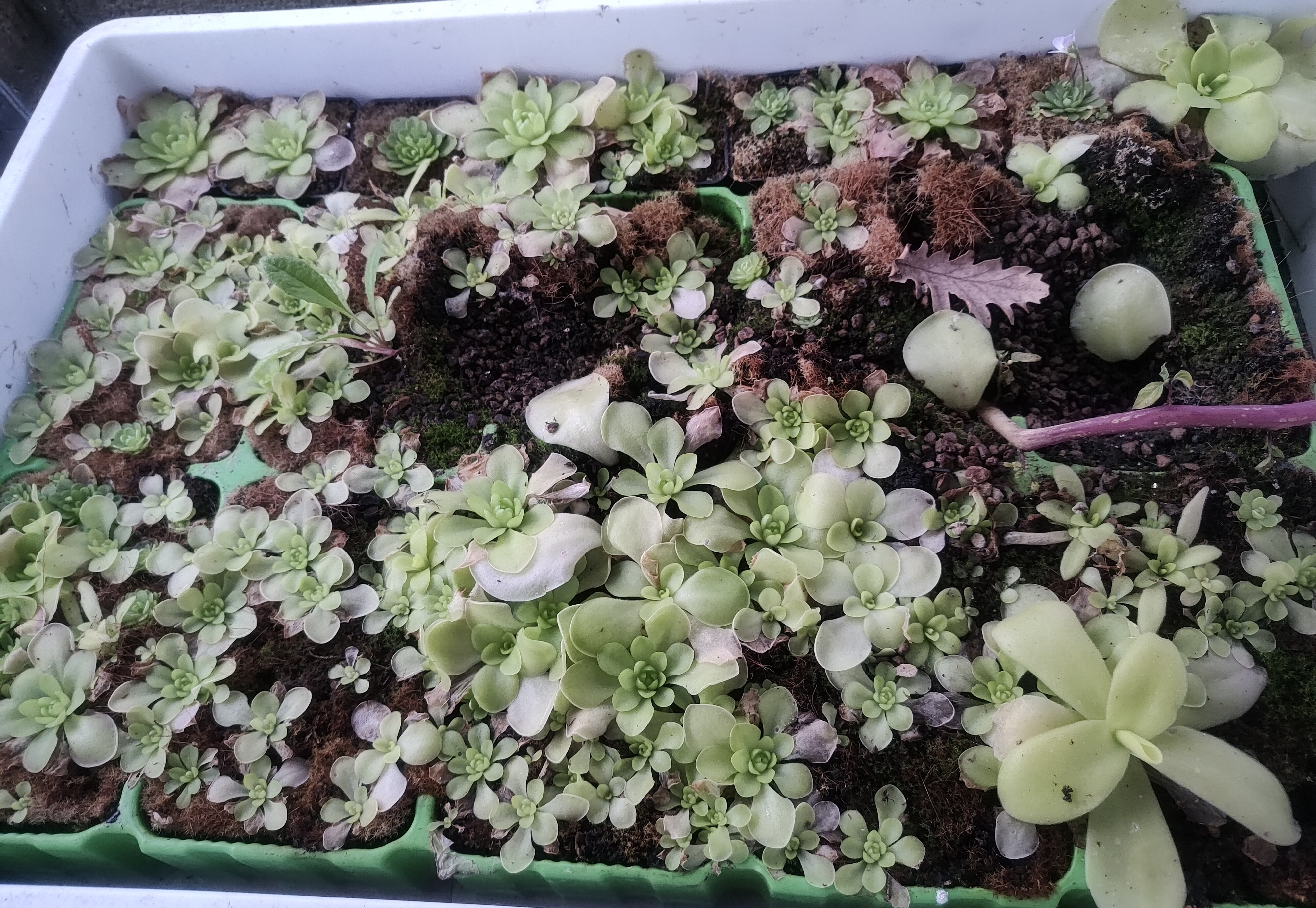
Ho sempre adorato le pinguicule soprattutto quando fioriscono, mi ricordano un po' le primule e poi durano tantissimo oltre al fatto che a seconda della specie fioriscono in periodi diversi, ad esempio le cyclosecta fioriscono verso Settembre -Ottobre mentre le esseriana proprio in questo periodo di Febbraio, le weser invece sono più primaverili.
I have always loved pinguiculas especially when they flower, they remind me a bit of primroses and then they last a very long time in addition to the fact that depending on the species they flower in different periods, for example the cyclosecta flower around September - October while the Essereana flower right in this period of February, the Weser instead are more spring-like.
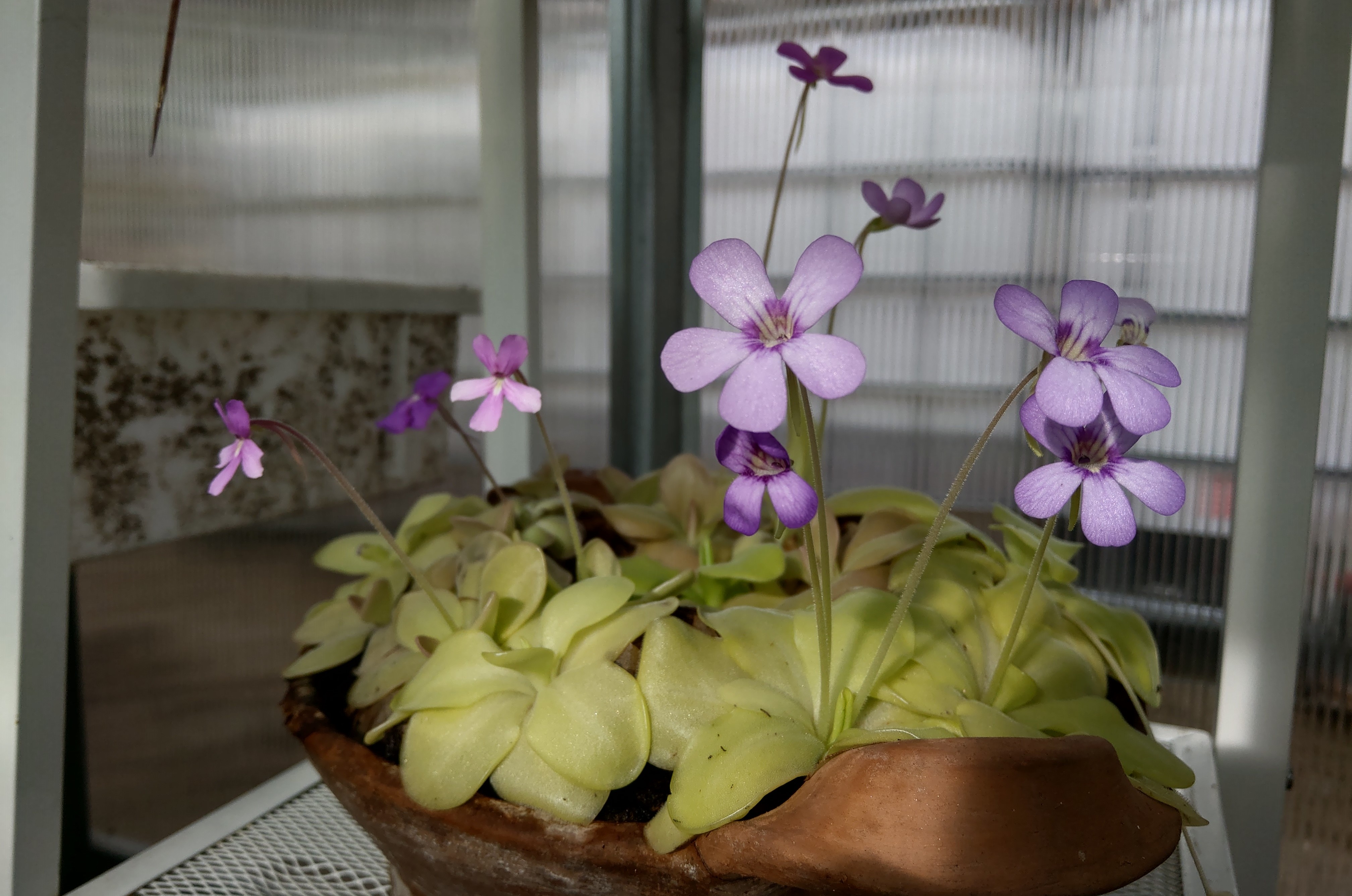
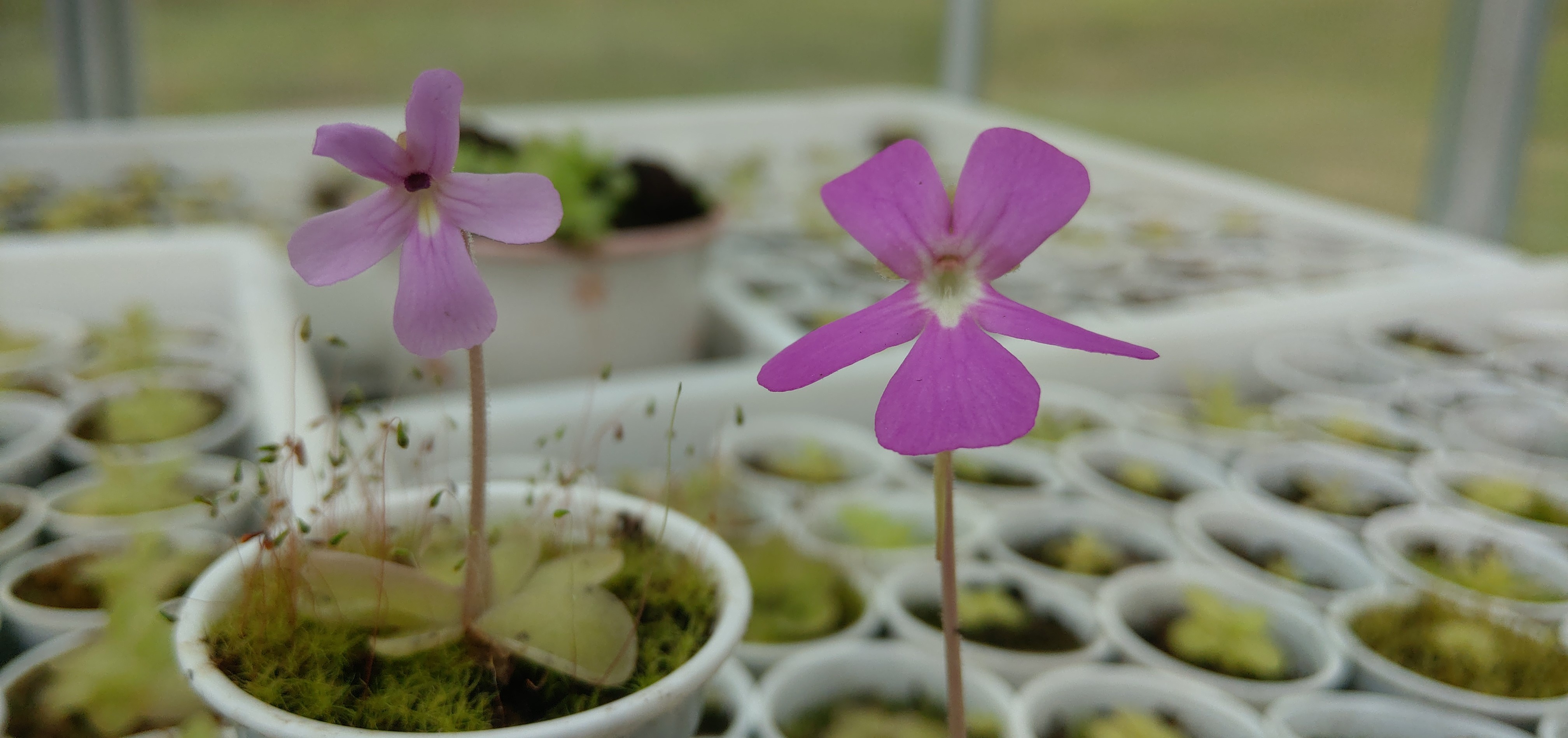
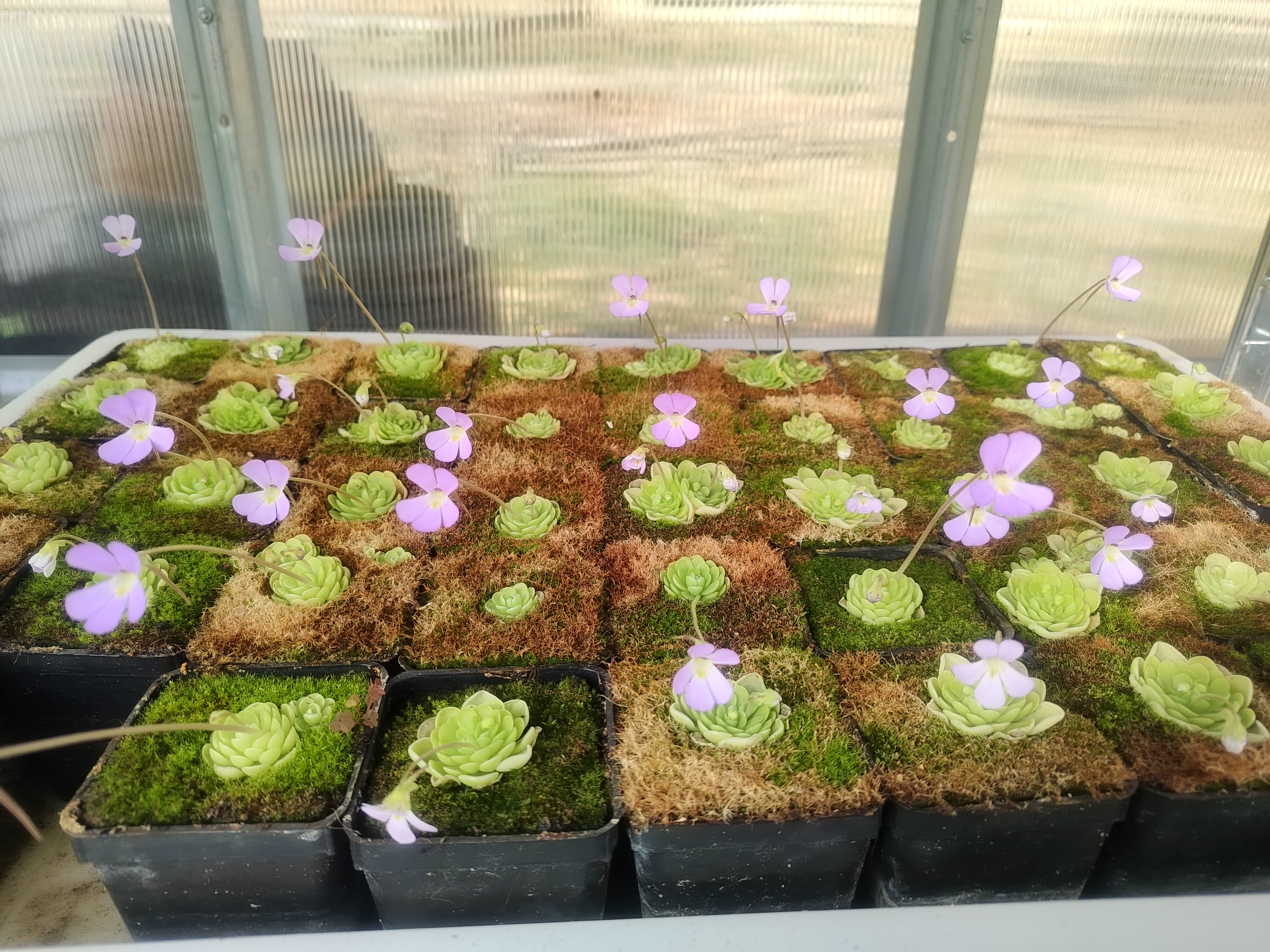
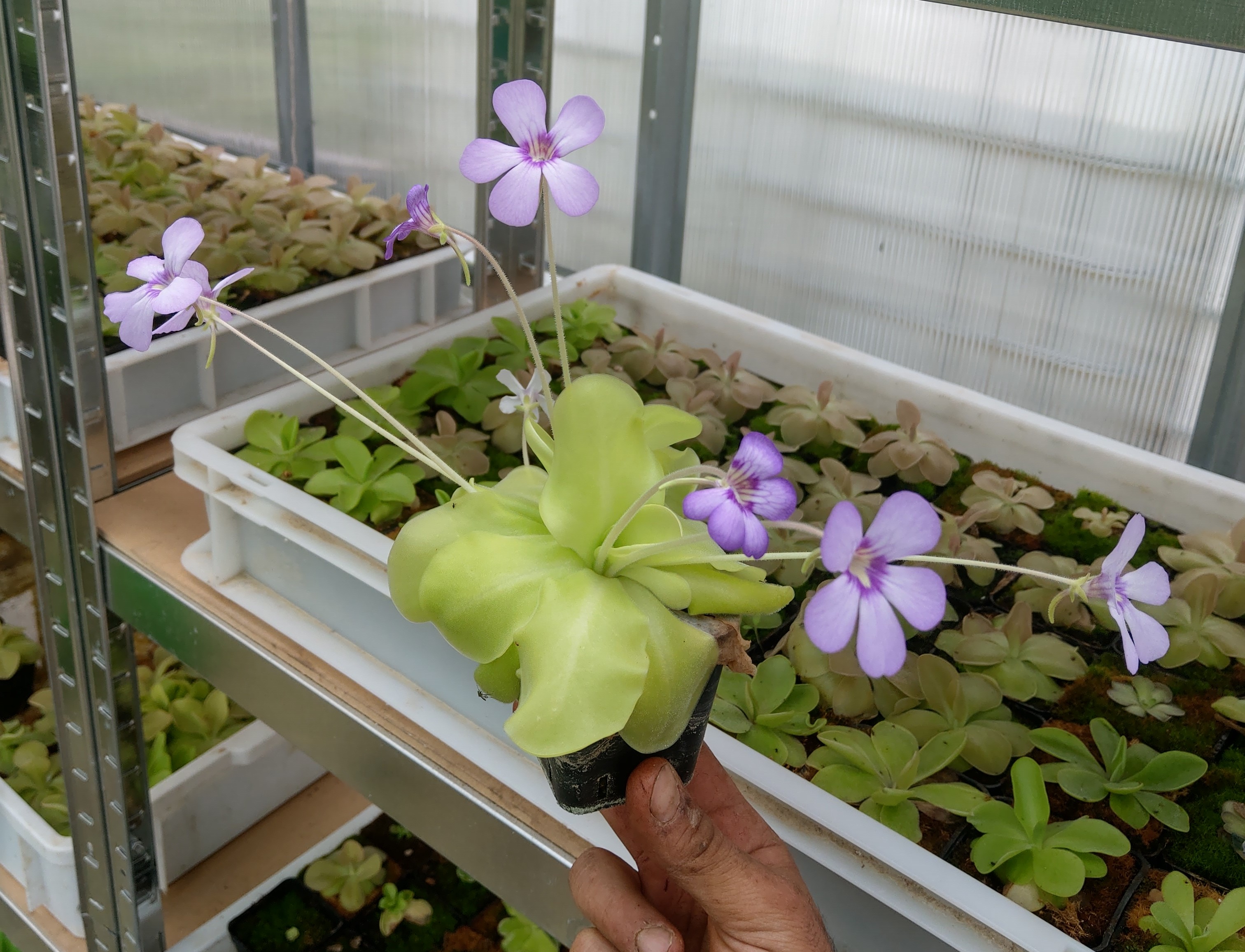
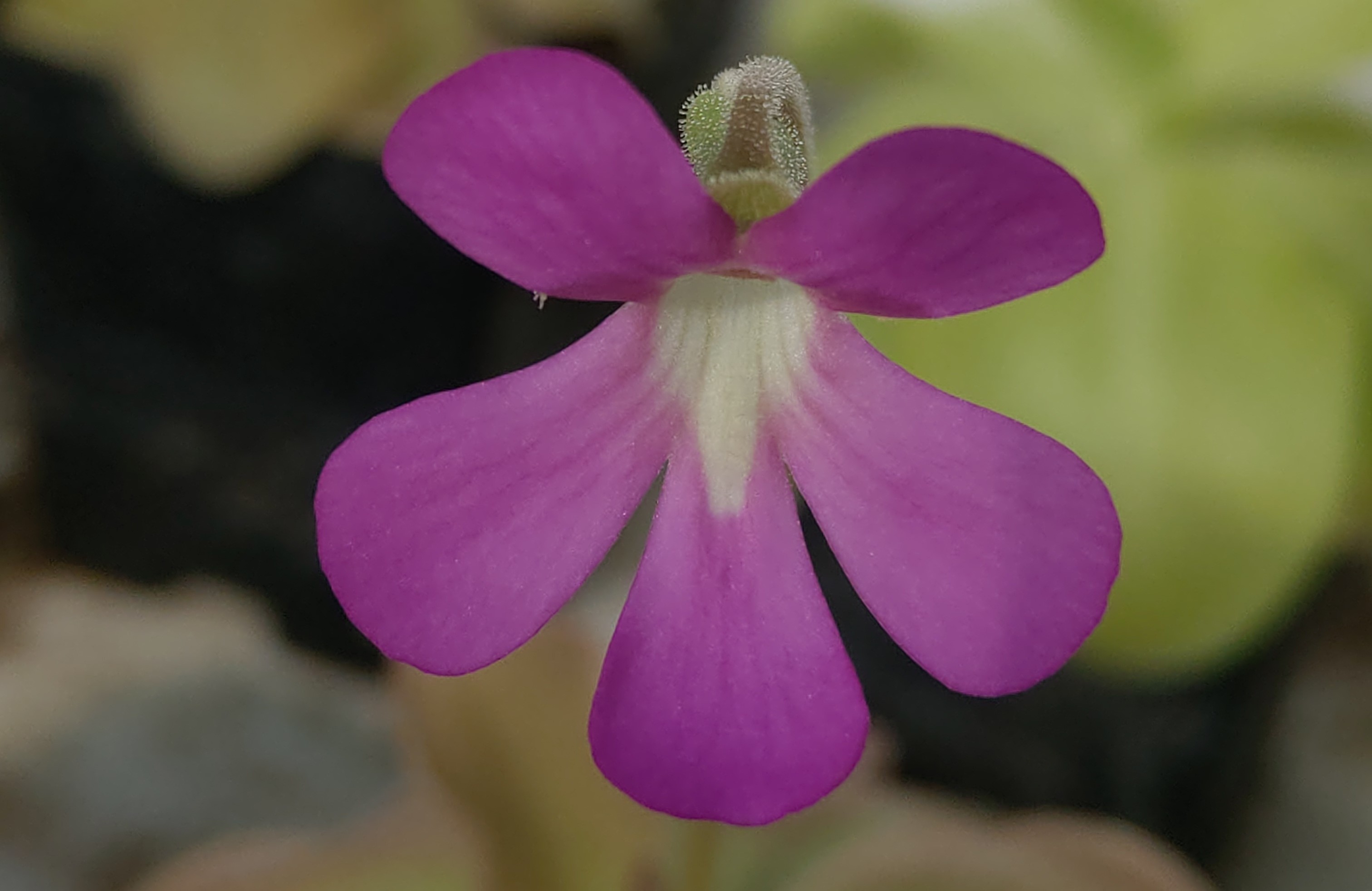
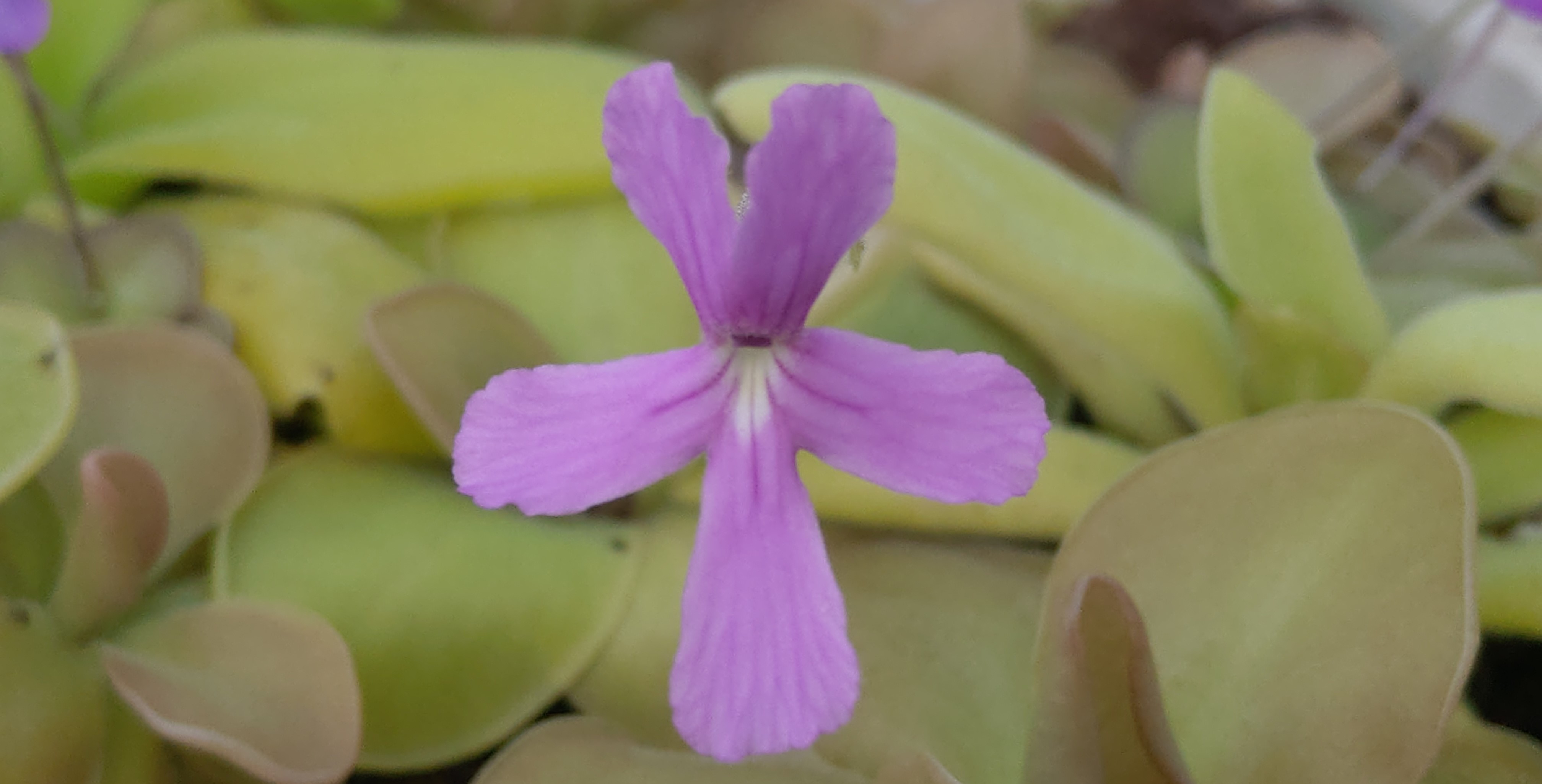
Un'altra cosa che adoro è il fatto di poter creare composizioni, sono molto versatili per realizzare ciotole miste da tenere in qualsiasi angolo della casa, sia dentro che fuori purché si rispettino 3 semplici cose: niente sole diretto ma tantissima luminosità, terreno sempre umido e ogni tanto anche in ammollo specie in primavera e autunno e niente temperature costanti tutto l'anno, sono piante a clima temperato e hanno bisogno di sentire un andamento stagionale, quindi se le vogliamo coltivare in casa è bene metterle in un bel davanzale molto molto illuminato e privo di riscaldamento in inverno.
Sopportano tranquillamente anche -3 o -5 gradi se ben coltivate.
Another thing I love is the fact that you can create compositions, they are very versatile to make mixed bowls to keep in any corner of the house, both inside and outside as long as 3 simple things are respected: no direct sun but lots of light, soil always moist and occasionally soaked especially in spring and autumn and no constant temperatures all year round, they are temperate climate plants and need to feel a seasonal trend, so if we want to grow them at home it is good to put them on a nice very very bright windowsill and without heating in winter. They can easily tolerate even -3 or -5 degrees if well grown.
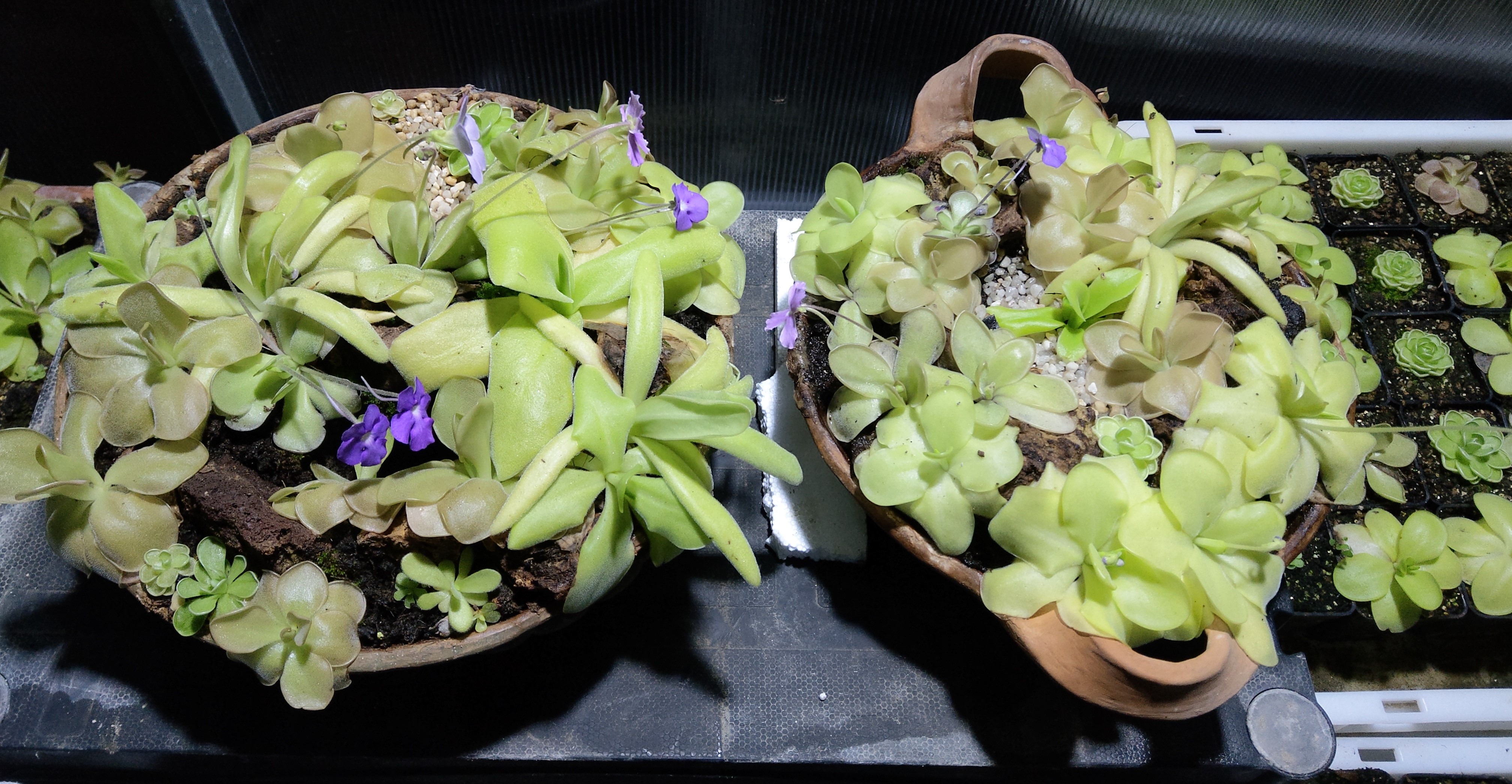
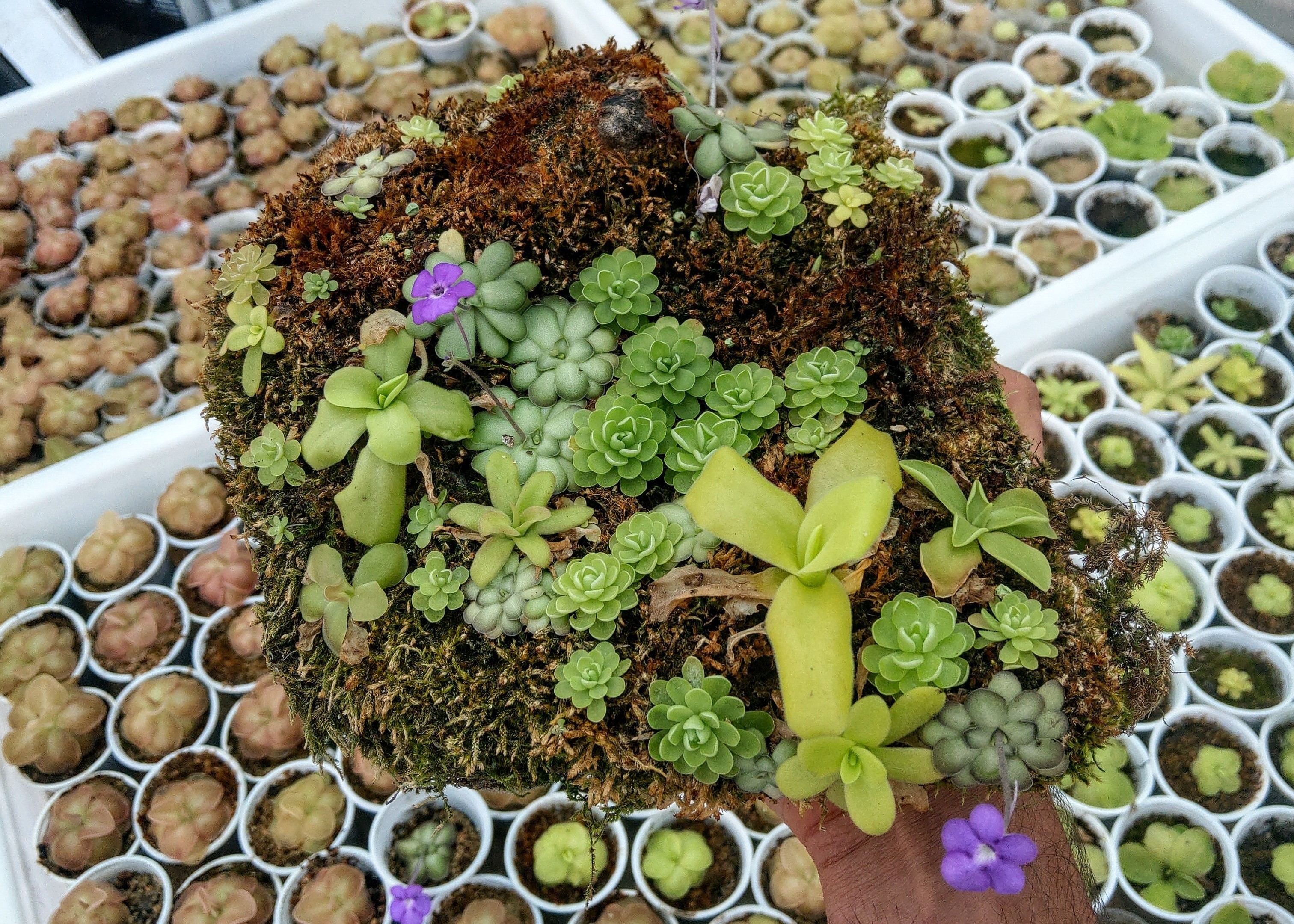
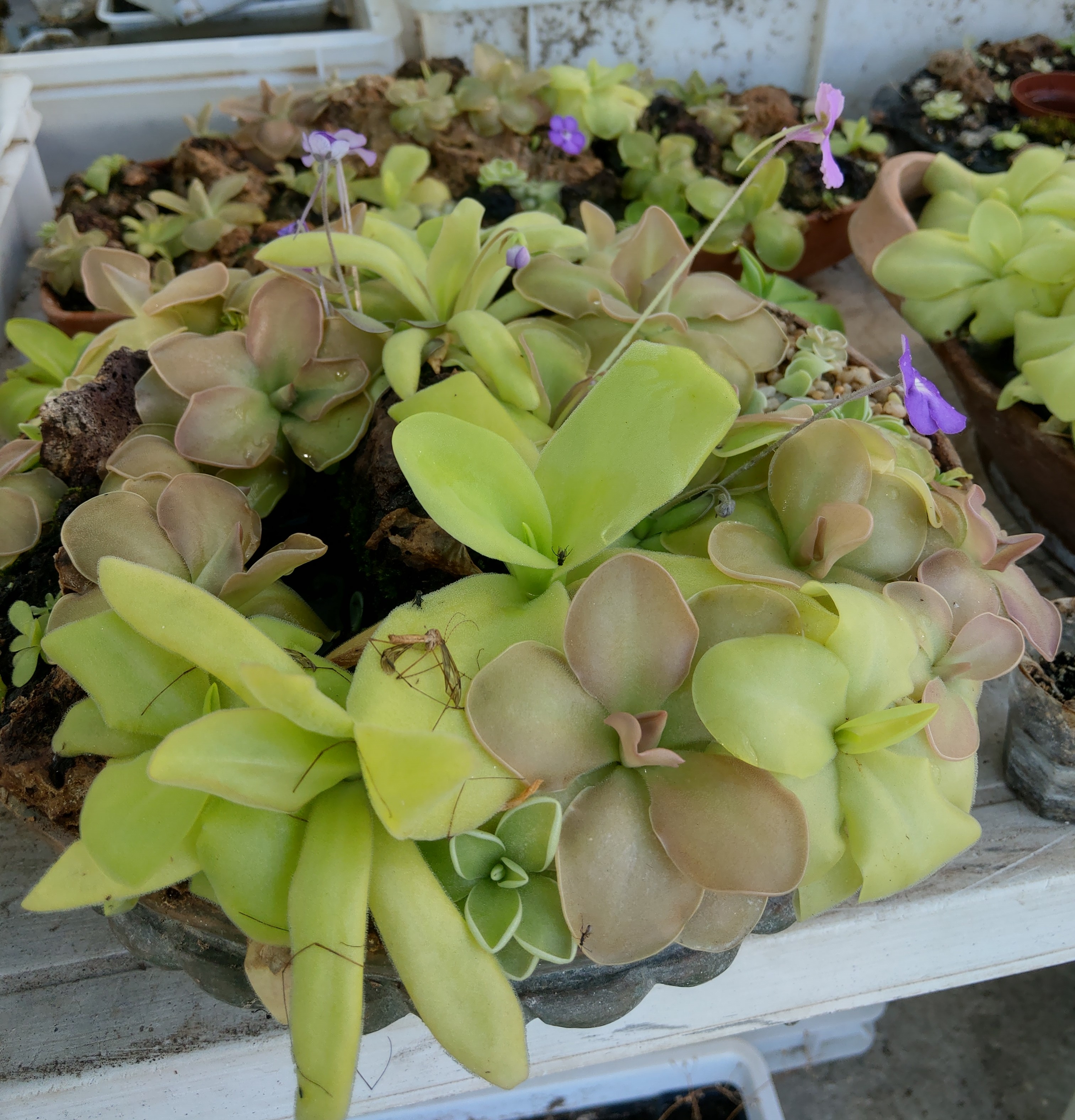
Vi lascio con qualche foto random, buona coltivazione!
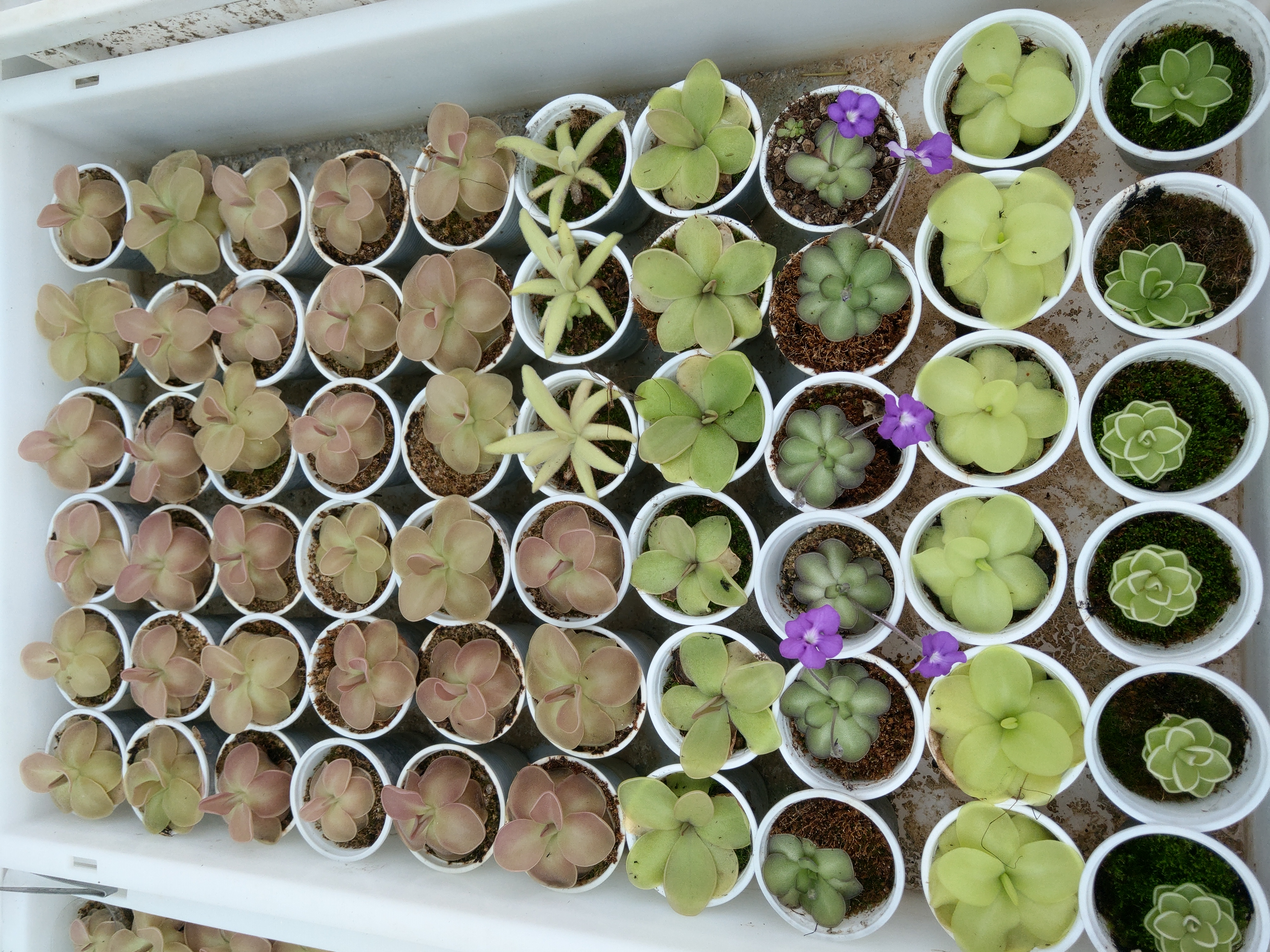
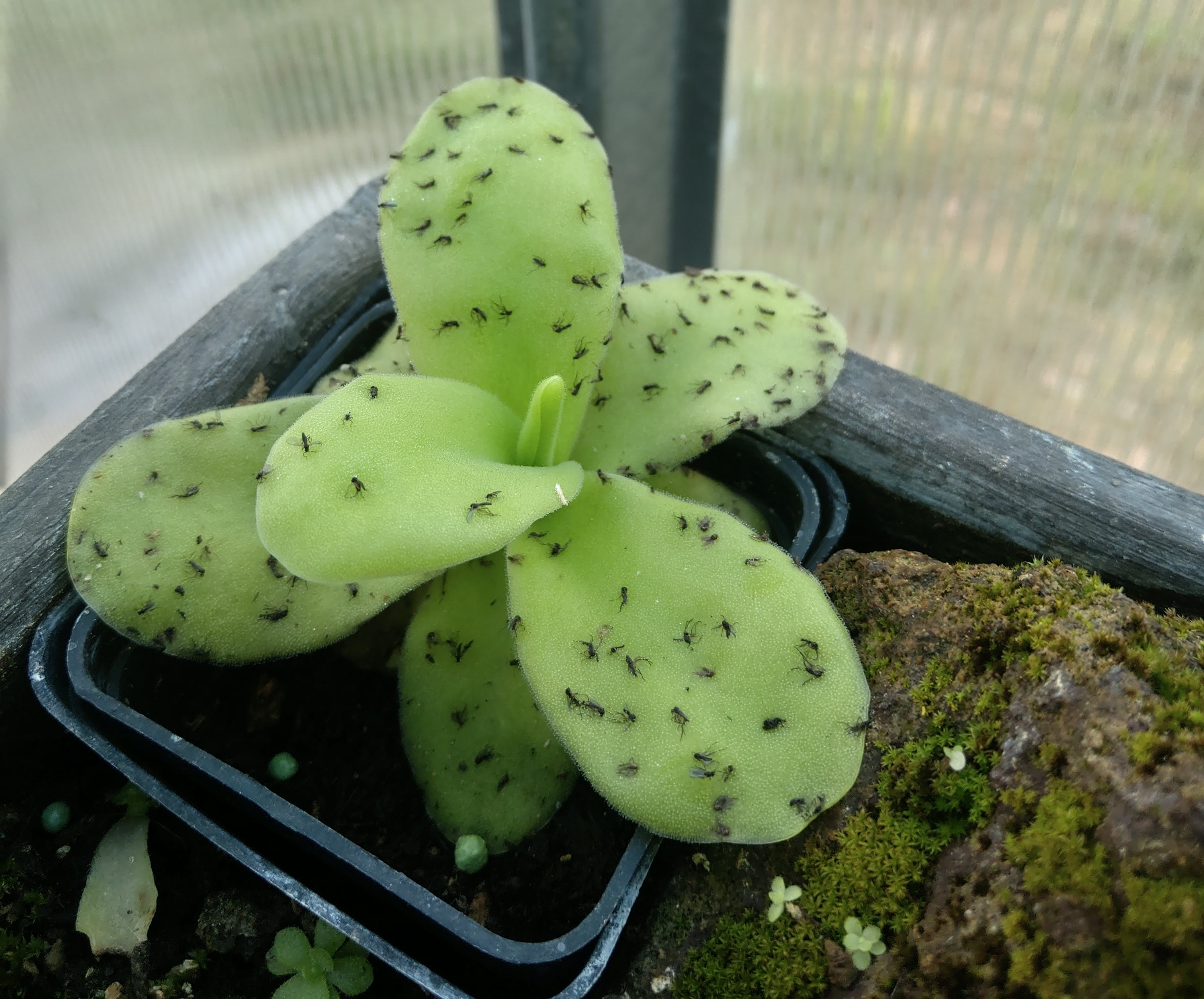
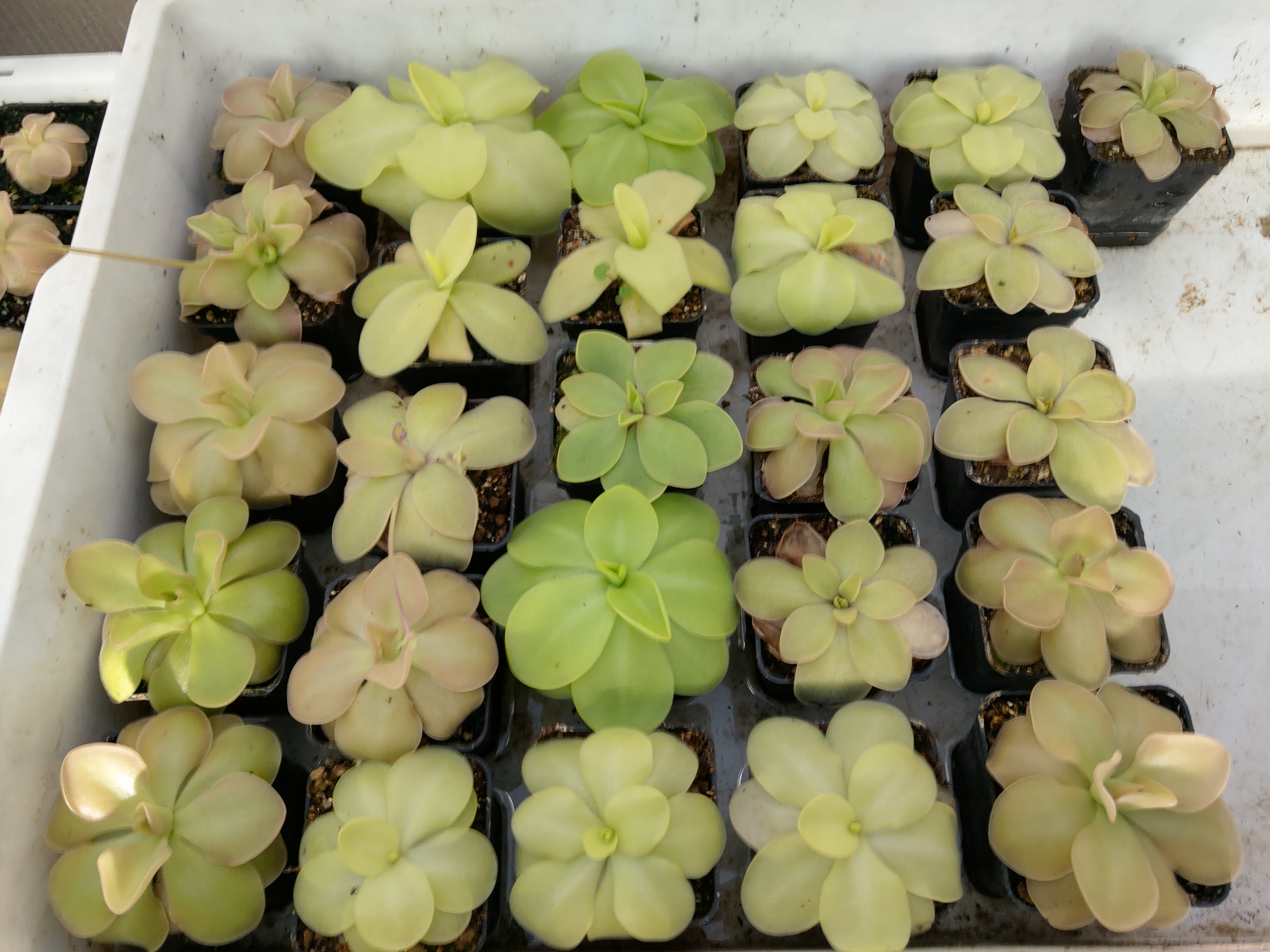
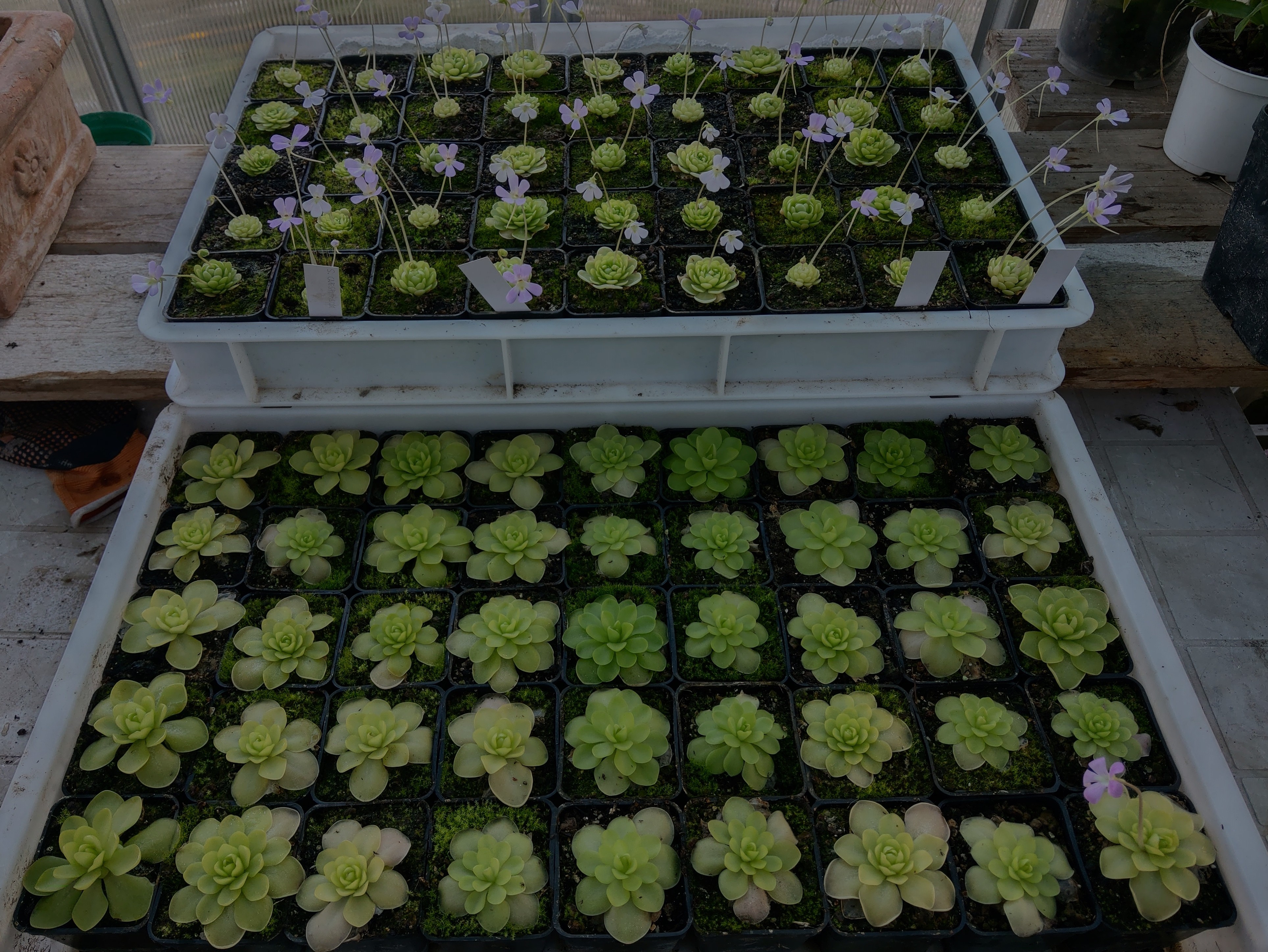
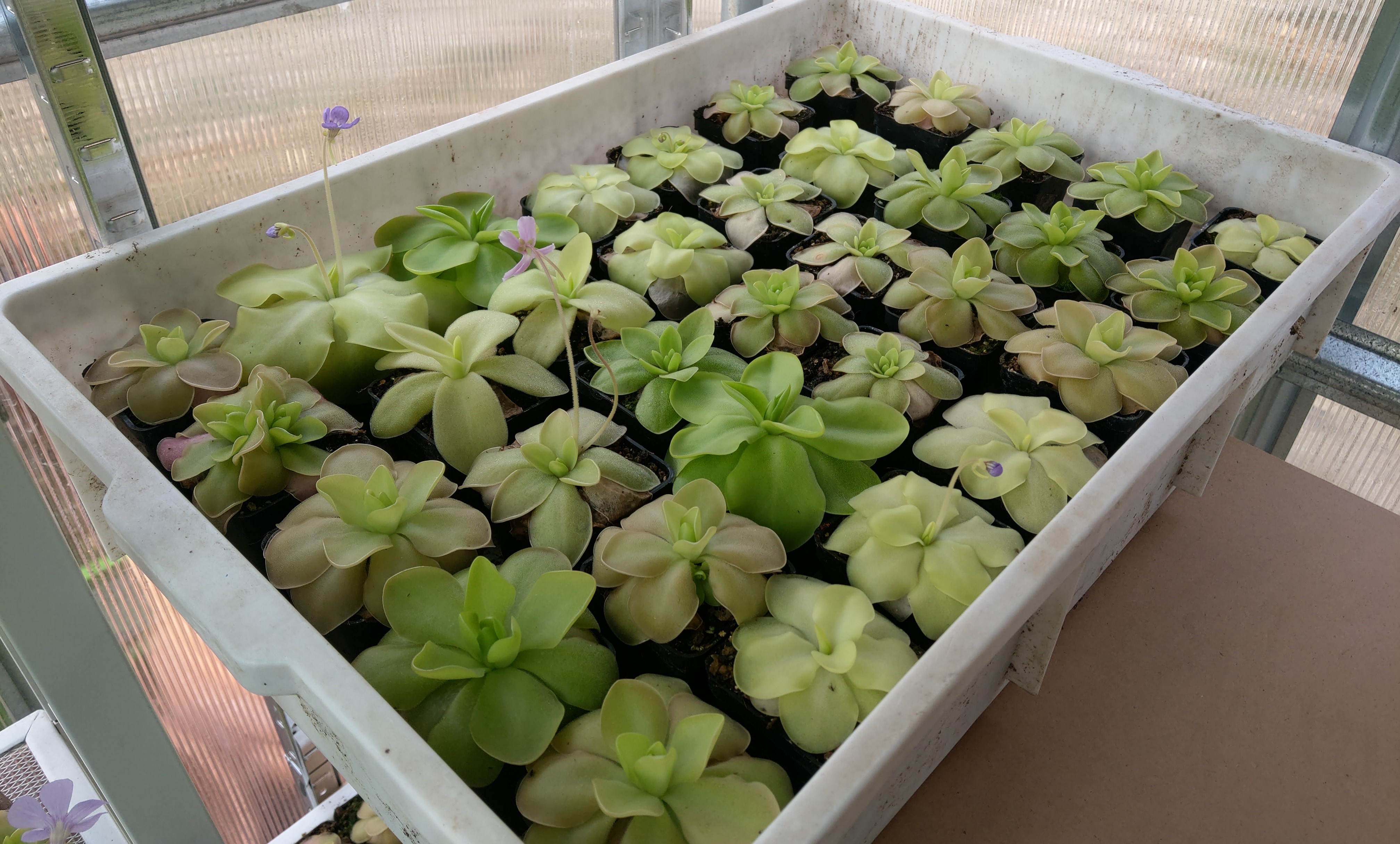
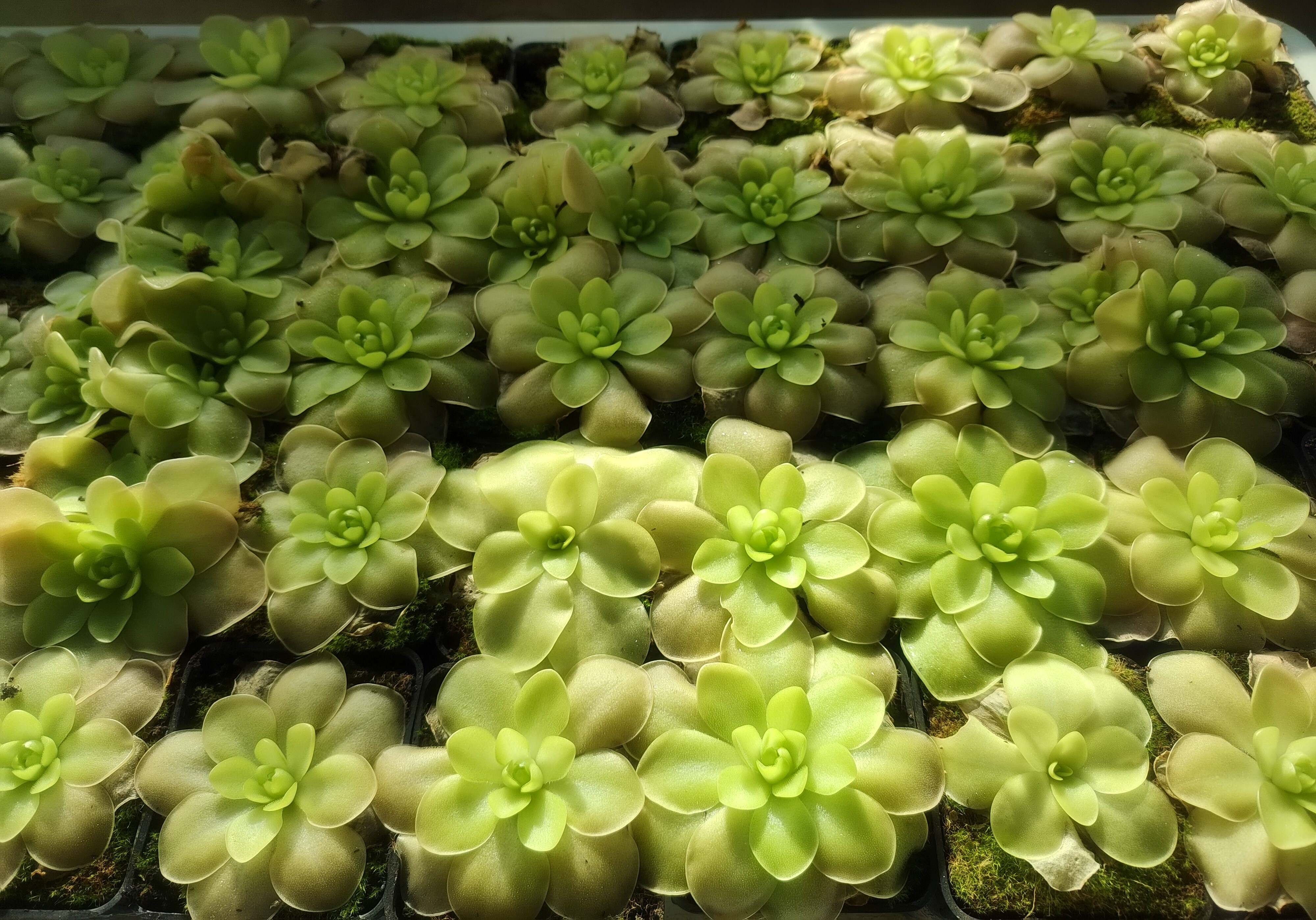
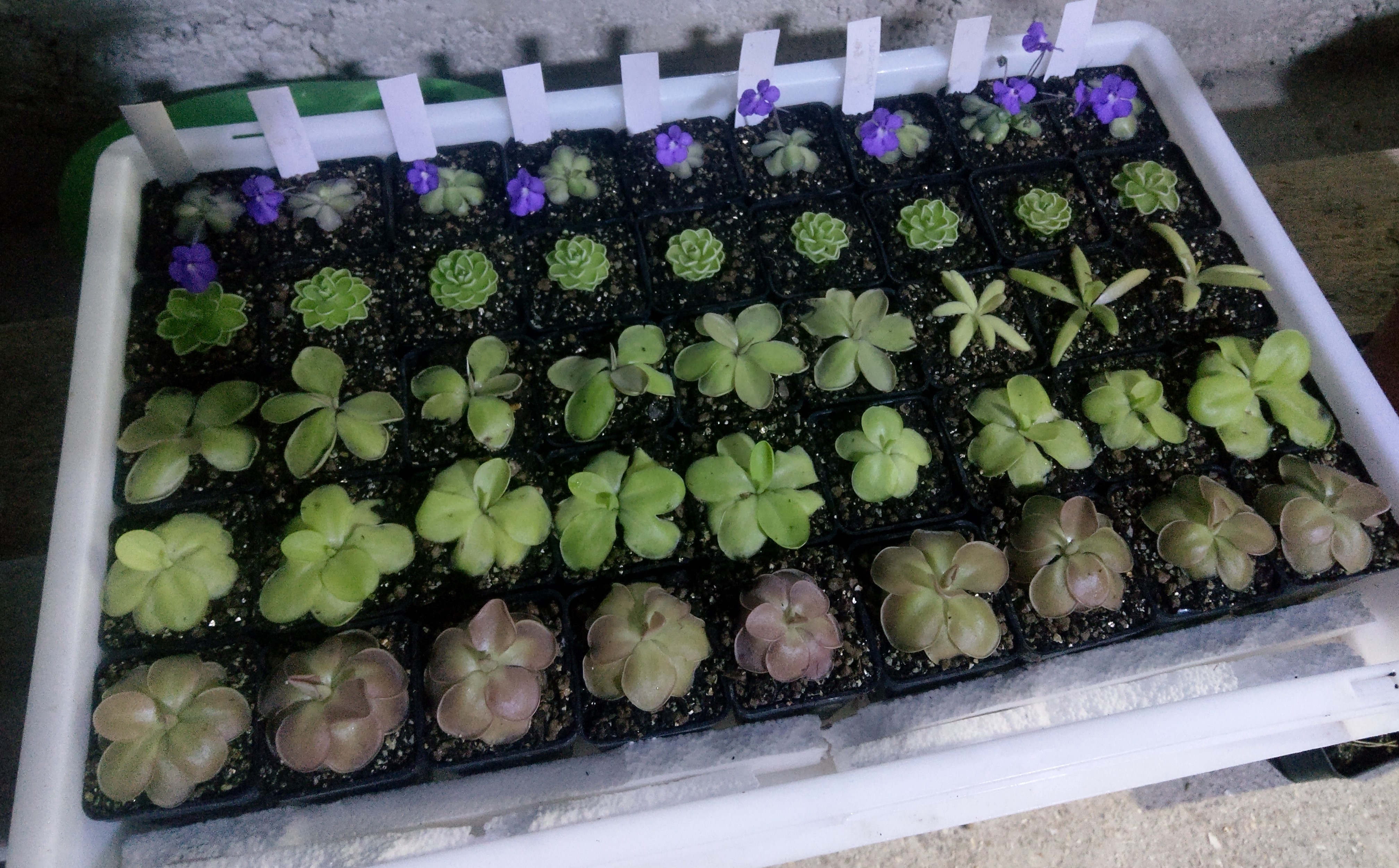
Tutte le foto e video sono di mia proprietà
All photos and video are my property
Ottimo lavoro! Anche io in questi giorni mi sto attrezzando. Tra l'altro usiamo le stesse cassettine bianche 🤣❤️
!discovery 30
Aahhahah grande Deli!! Scherzi queste cassette sono la svolta!! Sono quelle che usano i panettieri o pizzaioli per far lievitare l'impasto 😆
Tra l'altro dovrei comprarne delle nuove e iniziano a costare un occhio della testa =/
Esatto, sono veramente il top per la coltivazione delle nostre amate piante carnivore! Io le ho comprate su ebay, prova a guardare 😉
Ah vedi, grande mi scordo sempre di vedere online alcune cose, grazie!
This post was shared and voted inside the discord by the curators team of discovery-it
Join our Community and follow our Curation Trail
Discovery-it is also a Witness, vote for us here
Delegate to us for passive income. Check our 80% fee-back Program
Le ho sempre sottovalutate come piante carnivore, anni fa una lumaca me ne ha letteralmente divorata una ... penso riproverò quest'anno a cimentarmi nella sua coltivazione.